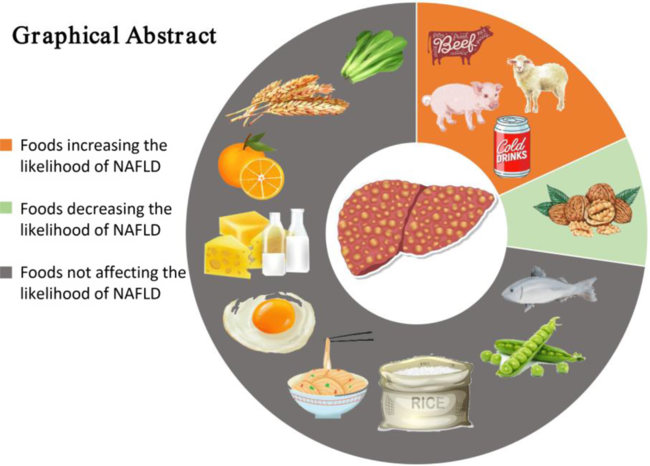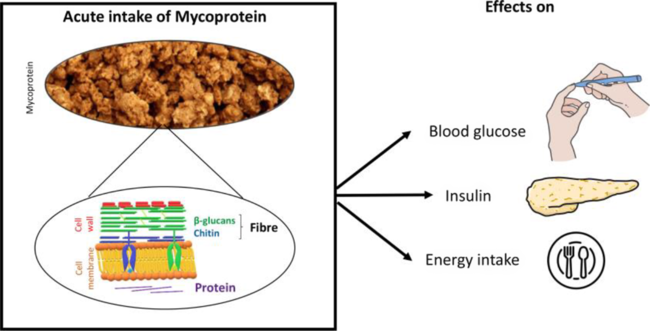At this point, early in my second year as Editor-in-Chief (EiC), I offer my thanks to Professor Graham Burdge for his sterling work as the previous EiC and for all the help that he gave me when I took up this new role. It is also a useful point at which to reflect on recent developments in the BJN and to invite suggestions from authors and readers about further development of our journal.
SARS-CoV-2 virus and COVID-19 disease
The BJN is keen to support the global effort to address the COVID-19 pandemic and related issues and we have implemented an expedited review process for relevant manuscripts on nutritional aspects of the disease. In addition to their publication in the BJN, accepted papers will be included in a special COVID-19 collection that is being developed by our publishers Cambridge University Press (CUP). You can view the collection here: https://www.cambridge.org/core/browse-subjects/medicine/coronavirus-free-access-collection
BJN paper of the year
We have initiated a competition for Paper of the Year in which each of our Deputy Editors was asked to identify the best paper that she/he had edited during 2019. This group of papers then formed the short-list (for further details of all short-listed papers, please visit: https://www.cambridge.org/core/journals/british-journal-of-nutrition/british-journal-of-nutrition-paper-of-the-year-2019) from which the winning paper was selected by an independent panel of experts consisting of Past Presidents of the Nutrition Society and an international nutrition research leader. I am delighted to announce that the winning paper for the 2019 BJN Paper of the Year competition is entitled ‘Intake of starch and sugars and total and cause-specific mortality in a Japanese community: the Takayama Study’(Reference Nagata, Wada and Yamakawa1). Using data from a long-term prospective study, this paper describes a careful analysis of the relationships between types of dietary carbohydrate and mortality risk in a cohort of the general public in Japan. Importantly, the authors show that higher intakes of starch and low intake of sugars – including glucose, fructose and sucrose – may favour longevity in Japanese men. Professor Nagata (the corresponding author) will be presented with the prize at a special awards event in London in December.
Remit for the BJN
From its inception in 1947, the BJN was a full-spectrum nutrition journal that published outcomes of research in all areas of human and animal nutrition. However, a few years ago, a decision was taken to restrict the scope of the BJN. This was at a time when numbers of submissions to the journal were growing rapidly and becoming potentially difficult to manage. Consequently, certain areas of research that were broadly within the remit of our sister journal Public Health Nutrition were considered out of scope for the BJN (Reference Burdge, Tseng and Trayhurn2). Submissions to Public Health Nutrition have continued to grow strongly but with the unintended consequence that there has been difficulty defining exactly what is, or is not, within scope for the BJN. At a strategy meeting between the Nutrition Society and CUP last November, we took the decision that the BJN would revert to being a full-spectrum nutrition research journal. Authors will now have greater clarity about the BJN’s remit and can choose to submit to the BJN or to one of our sister journals as they see fit.
Graphical abstracts
The ways in which we access and use scientific information is changing rapidly. In addition, there is increasing competition between authors, and journals, to attract both readers and citations of published articles. One way to attract attention to your paper is to accompany it with a graphical abstract. A graphical abstract is a single and concise visual representation that captures the main findings of the paper in a specially designed figure(Reference Cox3). Graphical abstracts offer a great opportunity for authors to drive traffic to their paper because they are easy for the author, and for others, to use in presentations and they lend themselves to message amplification through social media. Cox has argued that this process is an essential aspect of effective science communication and key to the advancement of science(Reference Cox3). The BJN encourages all authors to consider including a graphical abstract and, for those publishing Horizon-type articles, they are mandatory. Here are a couple of examples of graphical abstracts that have accompanied papers published recently in the BJN.
(i) He et al. (Reference He, Li and Guo4)

(ii) Cherta-Murillo et al. (Reference Cherta-Murillo, Lett and Frampton5)

Cox encourages authors to be creative in designing their graphical abstracts and has suggested that this may lead to more interest in their research. In turn, this may result in unexpected collaborations, more citations, and more research funding and recognition(Reference Cox3). Finally, the exercise of standing back from the fine detail of a research paper and thinking about, and designing, a graphical abstract may help authors to conceptualise their work more clearly, to draw out the most important findings and to create visual images to communicate those concepts and findings more effectively. I look forward to seeing more innovative and eye-catching graphical abstracts being submitted to the BJN.
Towards the future
At the BJN, we are continuing to innovate and readers and authors can expect to see a succession of changes over the coming months and years. For example, we published recently our first Special Themed Issue on ‘Nutrition and Cancer’ which contains twelve peer-reviewed articles (see https://www.cambridge.org/core/journals/british-journal-of-nutrition/issue/781E01A32EEB80B9745F37F868830915). This Issue is accompanied by a specially commissioned animation, based on the paper by Kyrø et al. (Reference Kyrø, Frederiksen and Holm6), which was designed to communicate the findings from the study to non-specialist audiences though social media as well as via the BJN website. Our second Special Themed Issue on ‘Cut-Offs for Nutritional Status in Nutrition Research’ will be published shortly.
The BJN will continue its long-established practice of rigorous peer review leading to the publication of high-quality nutrition research papers. In addition, we aim to be responsive to changes in the nature of nutrition research, to how authors wish to publish their research and to the needs of readers and other stakeholders. As EiC, I will be pleased to hear suggestions from authors and readers about further development of our fine journal.





